Hidden Studios A Tour of Working Studios in Wisconsin
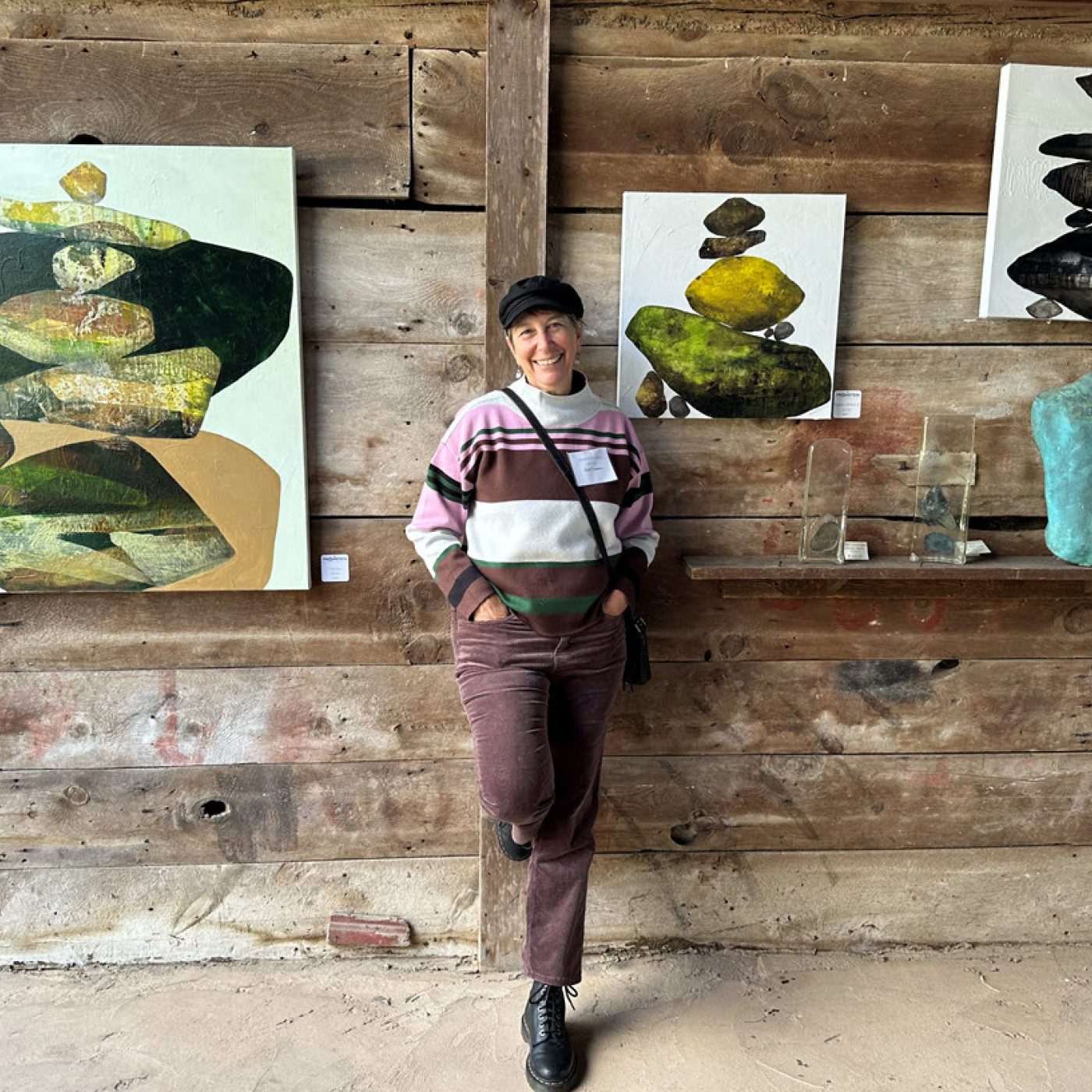
What started as a casual conversation among artist friends has evolved into an art studio tour that celebrated 20 years in 2023.
Glass artist Sharon Fujimoto is part of the event and said it takes a lot of work to pull it off. “Organizing a tour is an almost year-round undertaking,” she said.
Hidden Studios is a tour of working art studios along the Ice Age Trail in central Wisconsin. The first tour in 2004 had nine studios and six guest artists. The 2023 tour included nine studios and 12 guest artists.
Before that first one took place, each artist contacted other artist friends in the area to see if they were interested in opening their studios to the public. Since some of those artists participated in juried art fairs full time or had their work in galleries, bringing high-quality art to the tour was among the goals, Fujimoto said.
In fact, organizing and promoting a public art event of high quality and artistic diversity is part of the tour’s mission statement. It notes that while there are many opportunities for the public to view art, there are few to see the environments in which that work is conceived and produced.
The goal of the artists was to provide one-on-one opportunities for people to see how artwork is created and to ask questions. It was also a way to define central Wisconsin’s Ice Age Trail area as an art destination.
Many artists live, work, and contribute to quality of life in the area. Drawing visitors and tourists to the area was among the tour’s aims.
Hidden Studios always takes place in early October, and people travel from Chicago, Minneapolis, Madison, and Milwaukee to attend the event. “You need consistency,” Fujimoto said.
She said there are several reasons why October was chosen as the month for the tour. For starters, it does not conflict with other tours in the area, the outdoor art fair season is done, and it is typically when fall colors are at their peak in that part of Wisconsin.
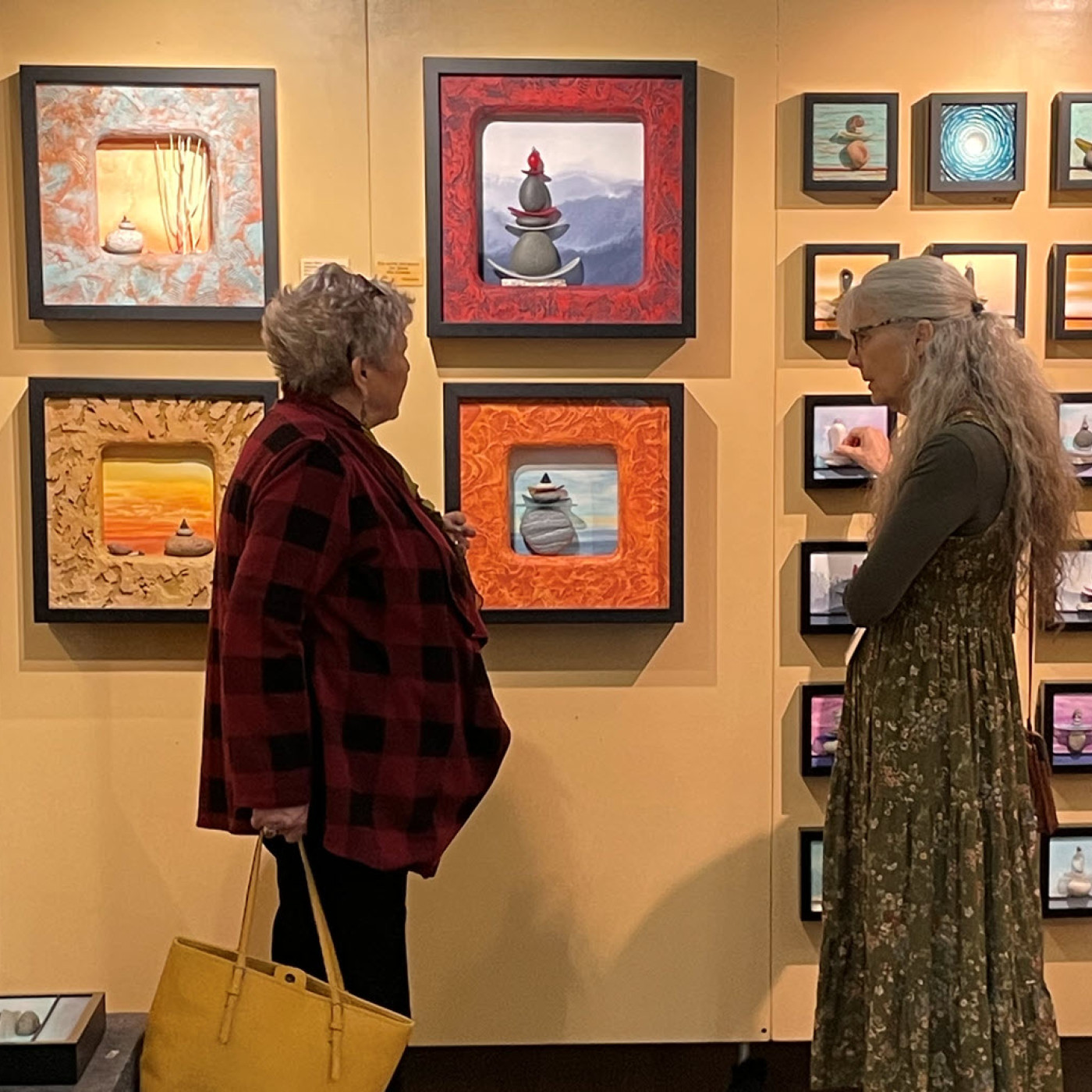
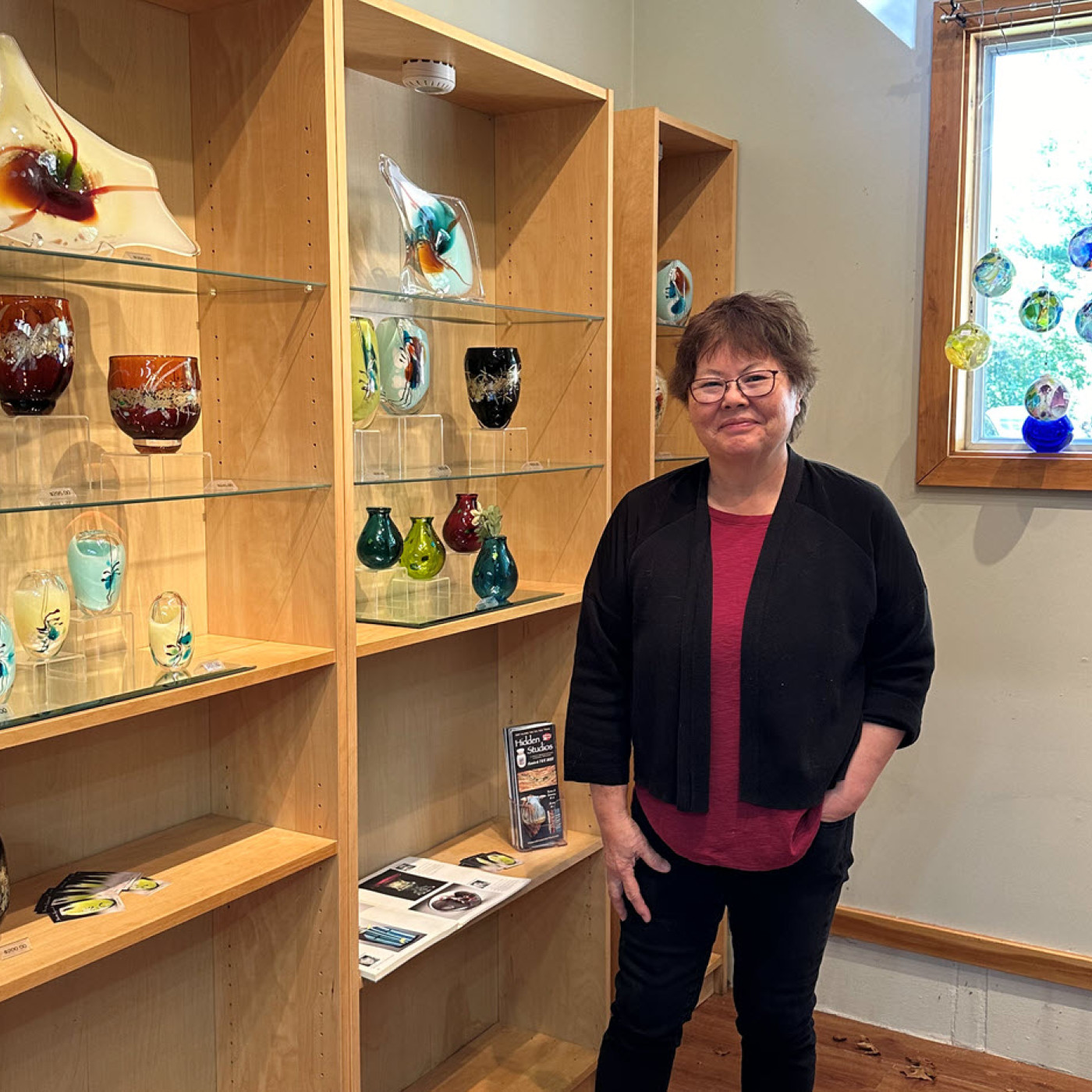
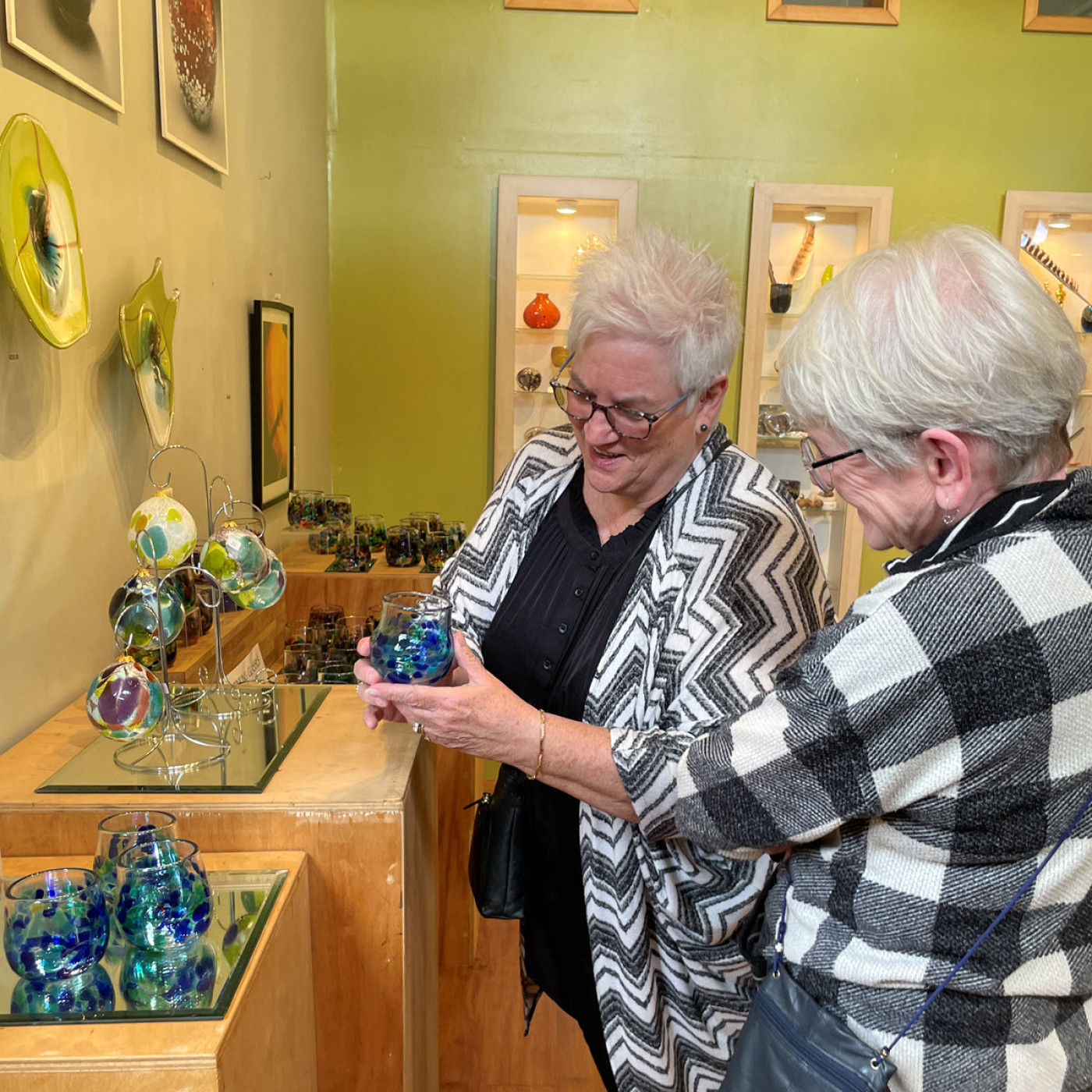
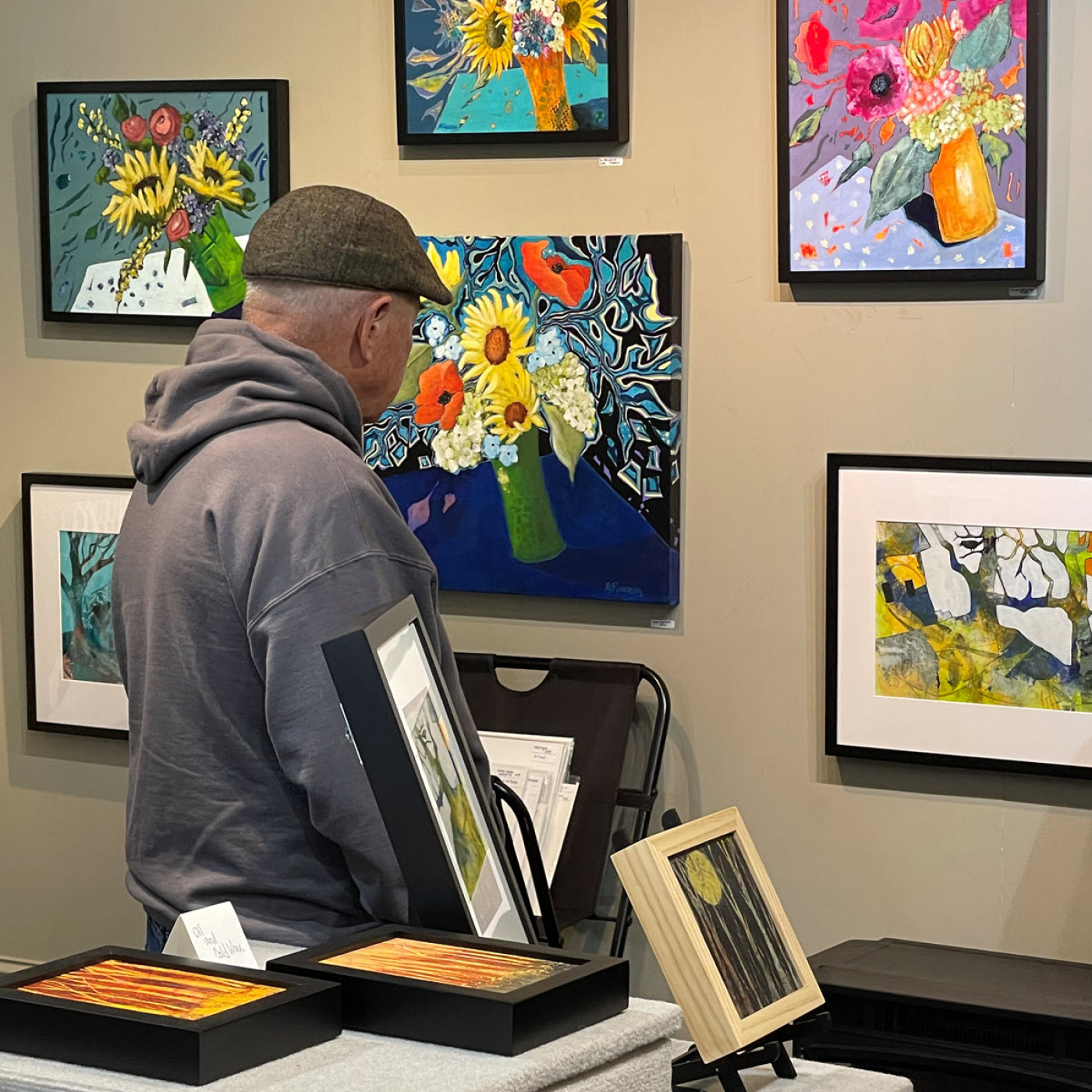
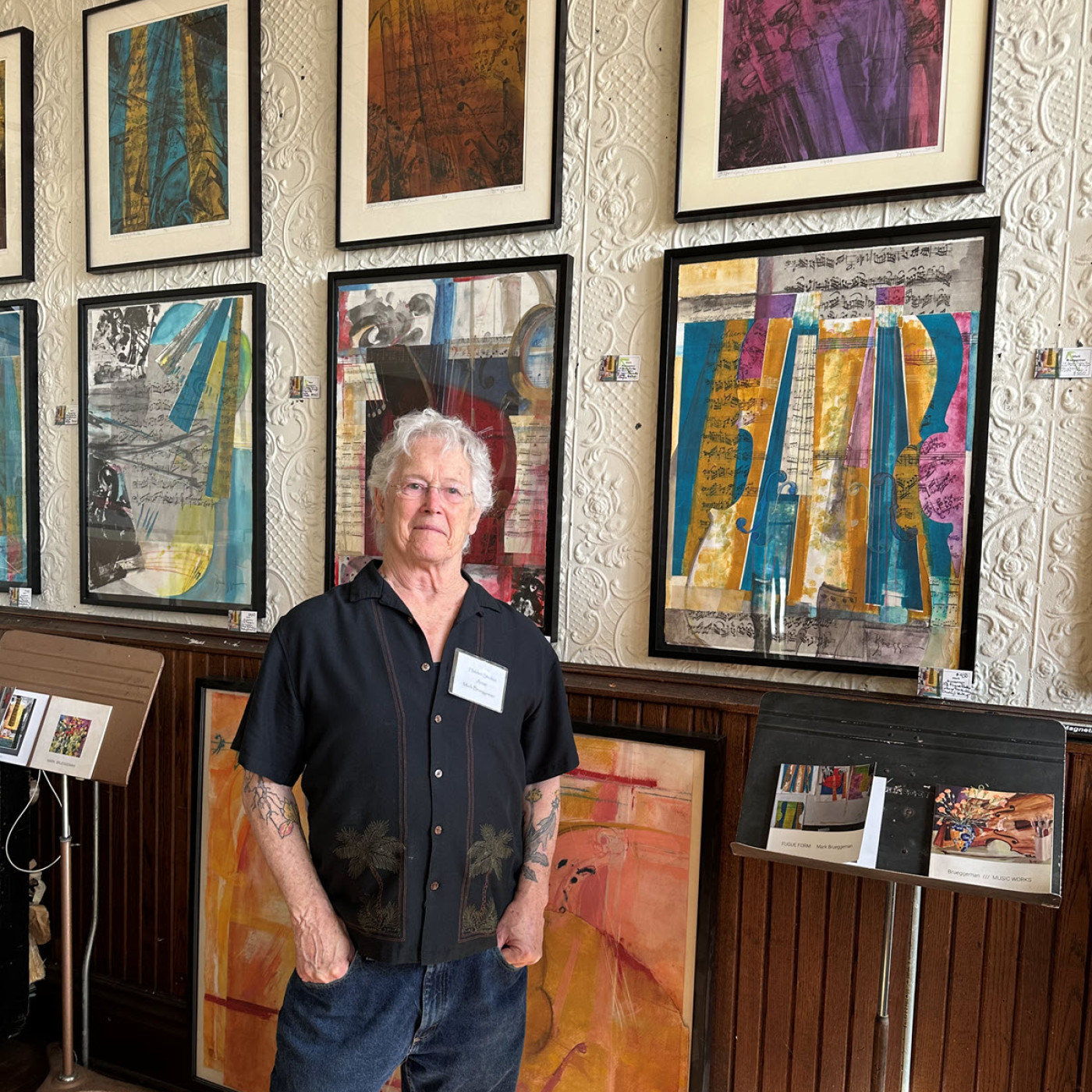
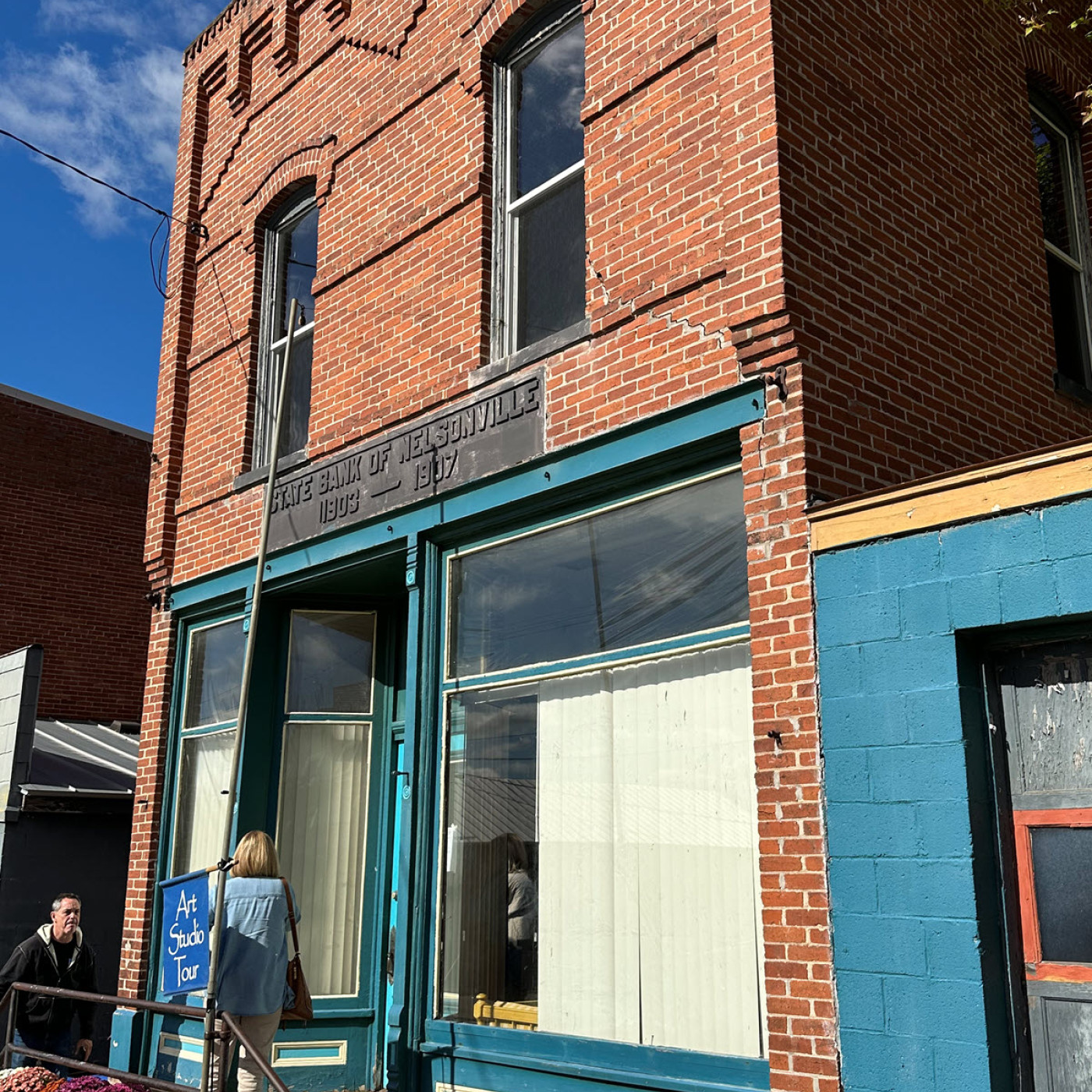
Selecting Studios and Artists
Fujimoto explained how studios and artists are chosen. Studios must have enough room for guest artists, as well as for visitors to walk around. There needs to be enough space for parking, and the studio must be a reasonable distance from the other studios that are part of the tour.
A variety of quality artists working in different mediums are sought, she said. “They apply on our website, we’ve seen their work at other shows, or they are recommended by other artists or friends,” Fujimoto said as to how they find them.
Guest artists need to have a good price range for their work. They must be willing to work in a flexible space and be willing to promote the tour by distributing brochures and sharing their mailing lists, so the brochure can be sent to customers and others who are interested in the event, she said.
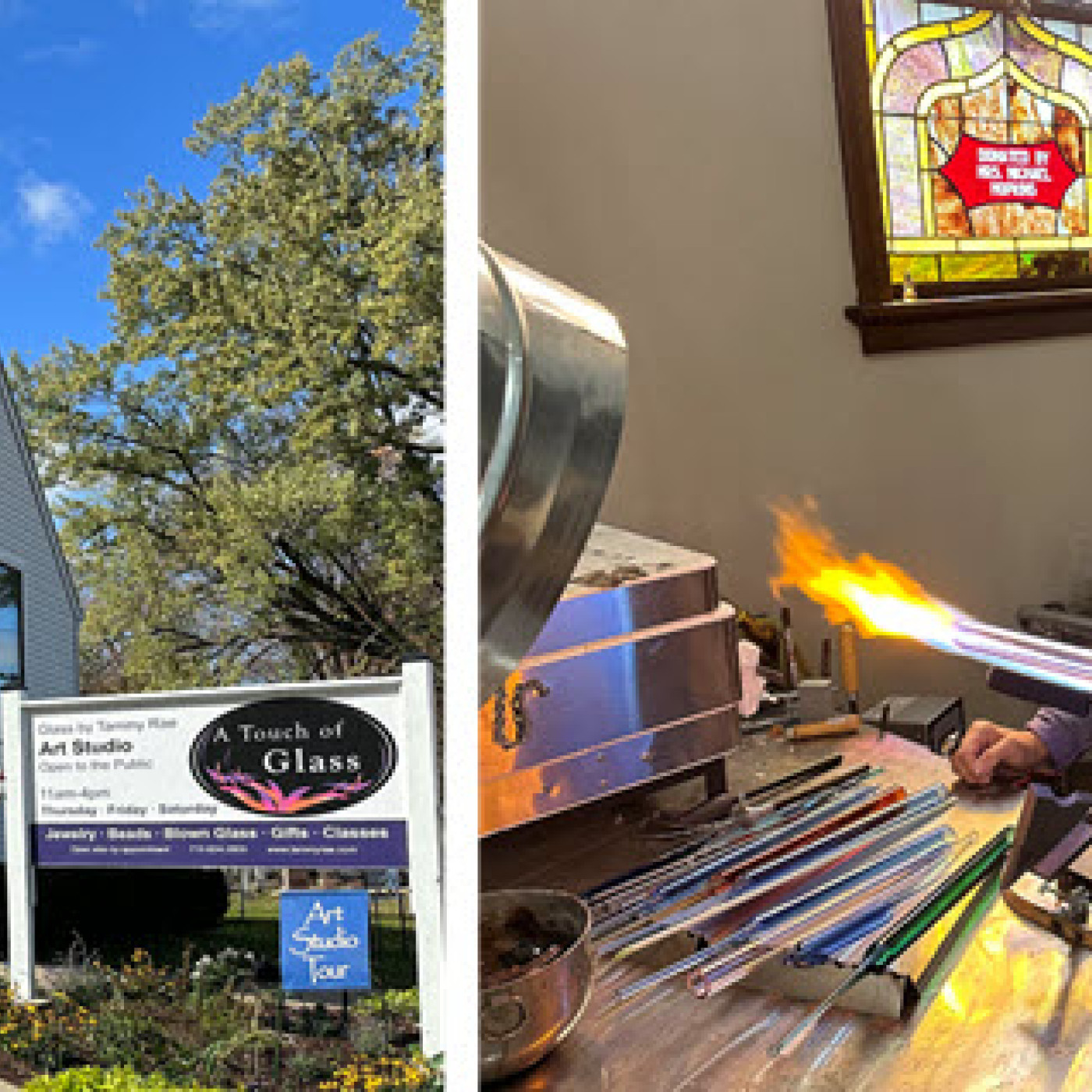
Running a Studio Tour
“We have a steering committee, consisting of four studio heads, and we are thinking of increasing it to all studio heads,” Fujimoto said. A wrap-up meeting is held a few weeks after the tour to “discuss the good and the bad and congratulate ourselves on all the positive feedback. We may take a week off, but then it’s back to planning next year’s tour,” she said. A verbal commitment is needed from the studio heads — shortly after the tour — as to whether they are returning in that capacity the following year.
Once the committee knows which studios are returning, it figures out which medium/display works best in each studio. They want to feature artists whose work is compatible with the rest of the tour.
“We have a balance of mediums, new artists, artists who perhaps did our show at least two years ago, and recommendations,” she said. “We view a new submission’s website to get an overview of work. Then we contact them to see if they are interested in doing our tour. This whole process can take a few weeks to a month.”
They try not to have painting at a painter’s studio. “We have limited 10 x 10 spaces. Some artists can only display in a 10 x 10, while others — say a jeweler — have a flexible display. We have had sculptors display outside, but we try to have all displays inside due to quirky October weather.”
Guest artists who only have one year under their belt are invited back for another year. “Artists who decline the second year may not have sold their minimum for returning or have another commitment for next year,” Fujimoto said.
The committee finds it works well to give the guest artists two years to be part of the event. It keeps the tour fresh. “We also like to move the guest artists around to other studios their second year,” she said.
She said when they are set, contracts go out. High-quality images and artist statements are requested.
“We also have 30 sponsors to contact to see if they are on board again,” Fujimoto said. Updated information is requested from the sponsors.
This process takes a while. Even though they have deadlines, it is sometimes difficult to get commitments and payments, she said.
All the information is downloaded on their Dropbox for their graphic artist. “This process is long, with lots of back and forth and editing and additions,” Fujimoto said.
The goal is to have their new brochure done and printed sometime in March for distribution at art fairs during the summer months. “That means all copy must go to our graphic designer in January/February. And yes, you need a professional graphic designer who is familiar with brochures,” Fujimoto said.
While some tours skip a brochure, the Hidden Studios tour finds that the people they send the brochure to appreciate having something in hand to keep and physically look at, she said. In August, 3,000 brochures are mailed to the people on their mailing list.
“And we have a lot of artists doing art fairs all summer, and all our sponsors have them displayed prominently in their businesses,” she said. A local convention and visitors bureau has also helped the art studio tour from the start.
